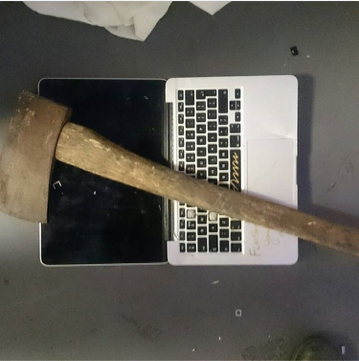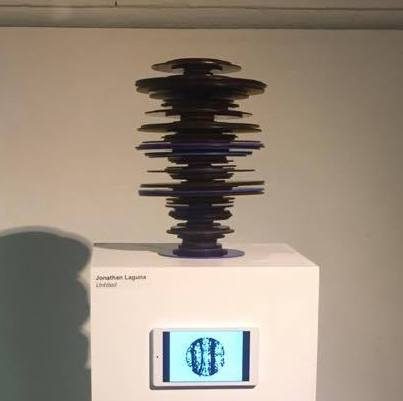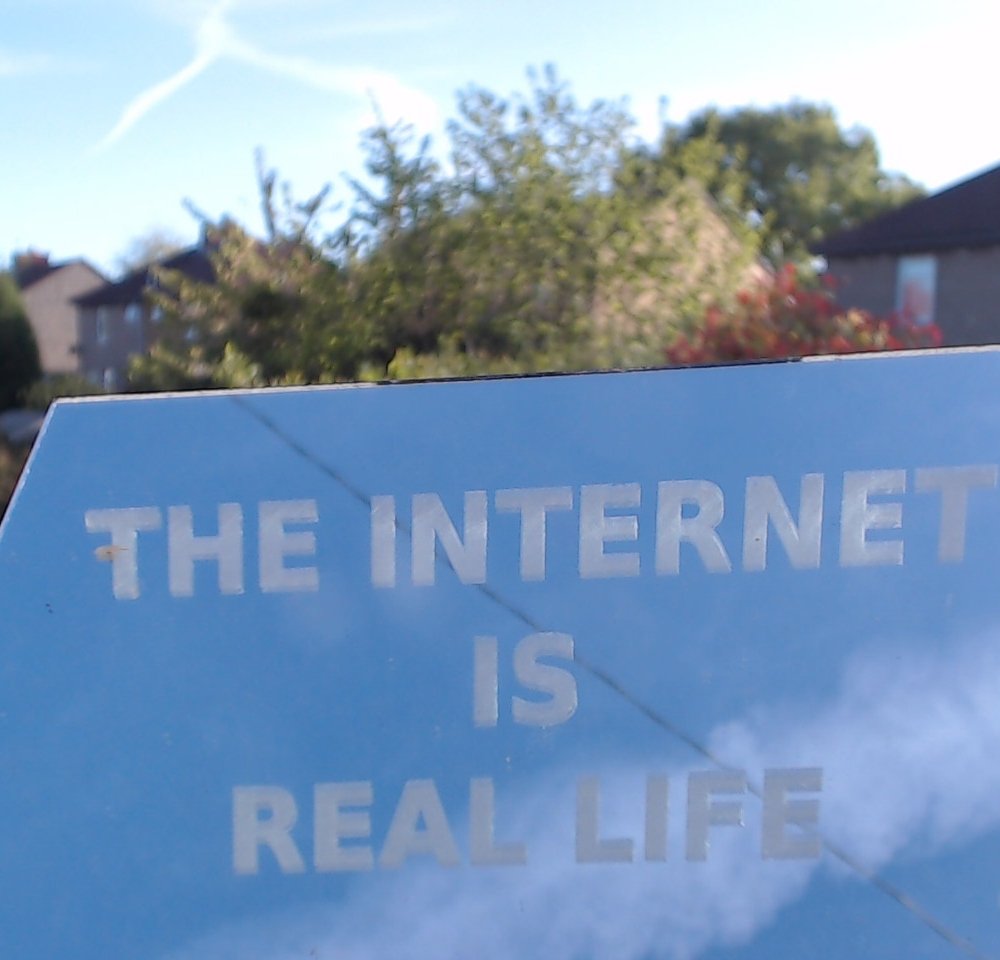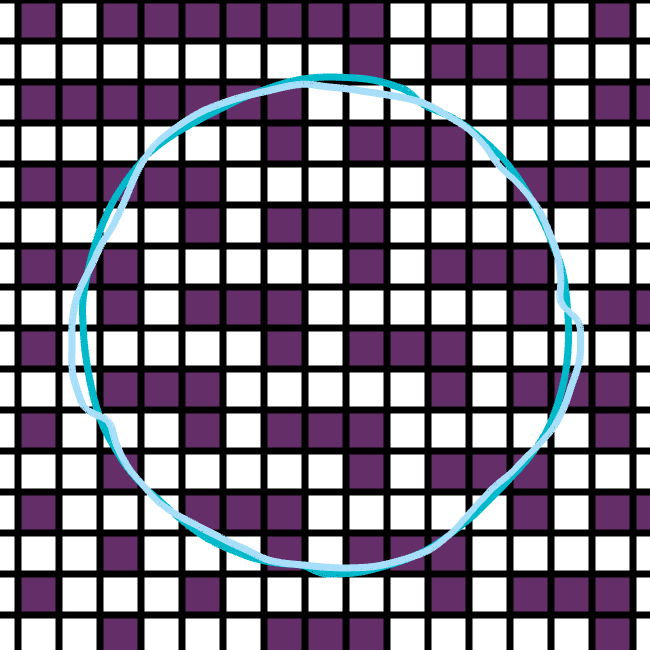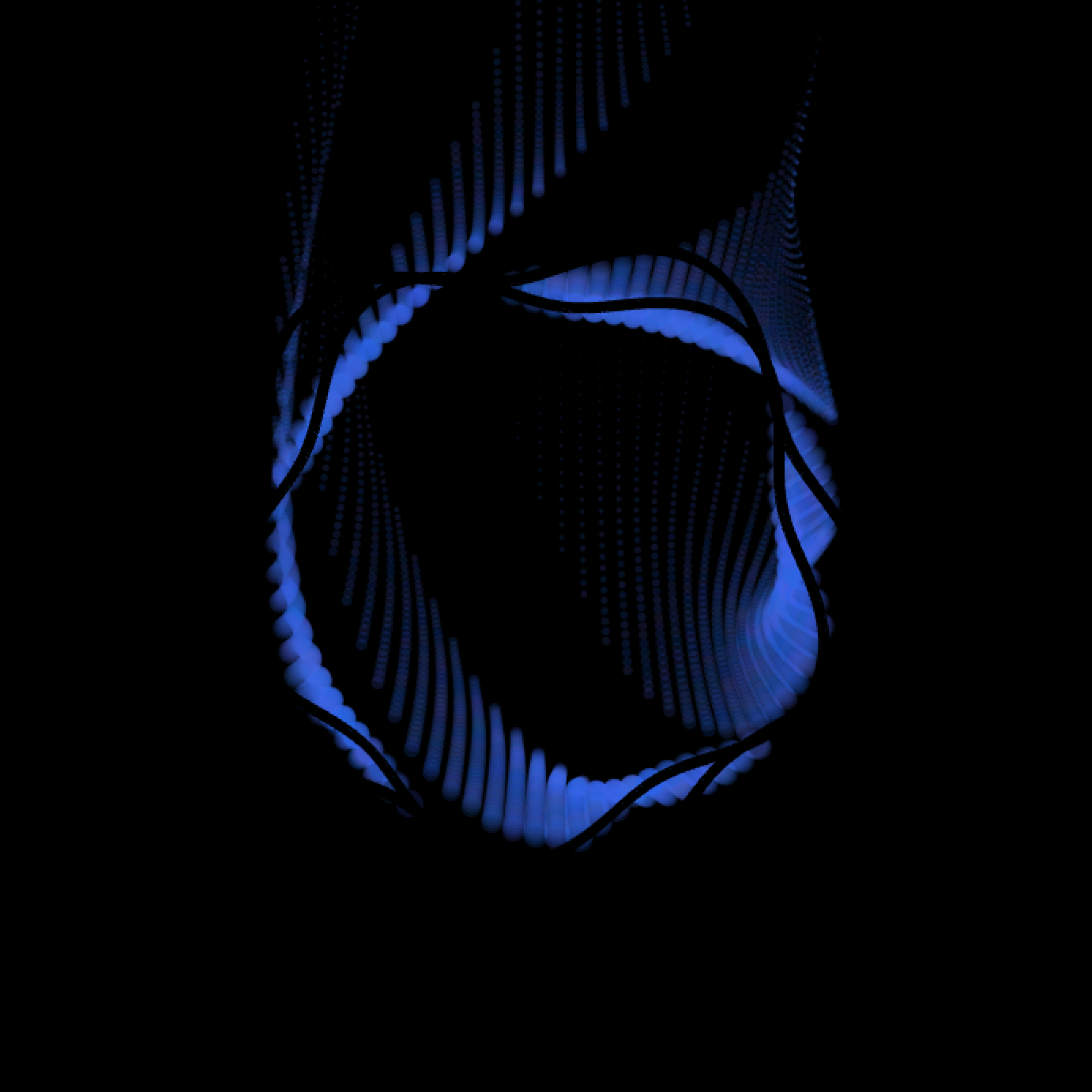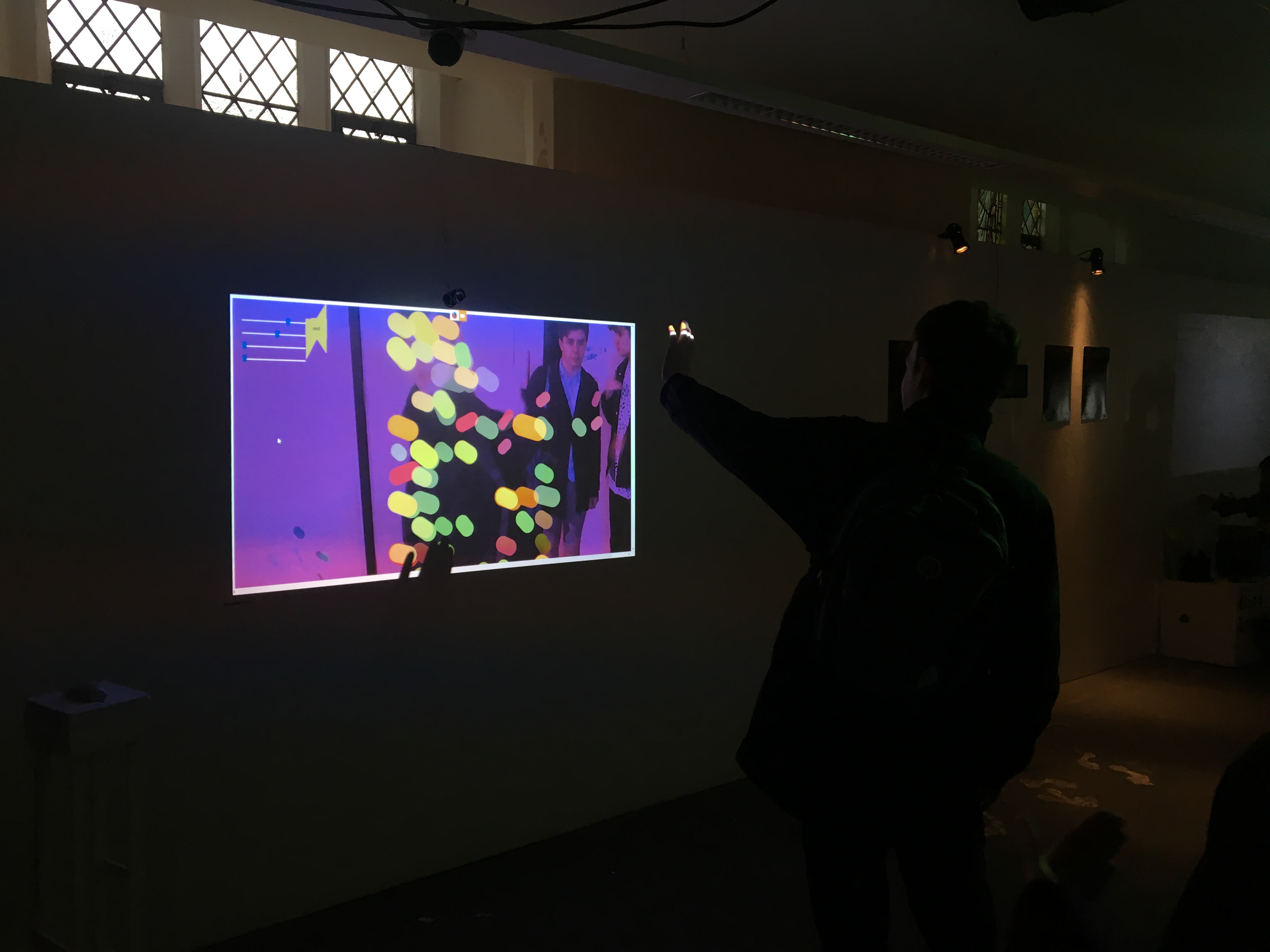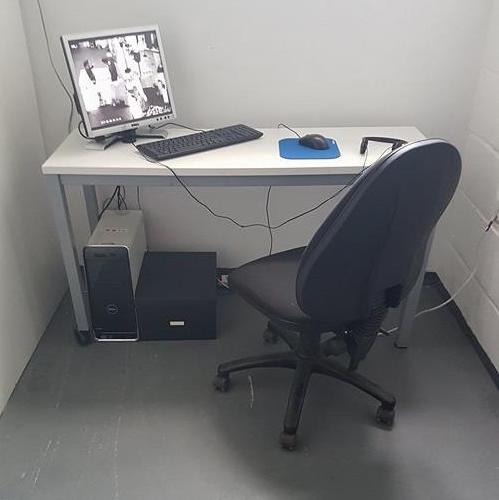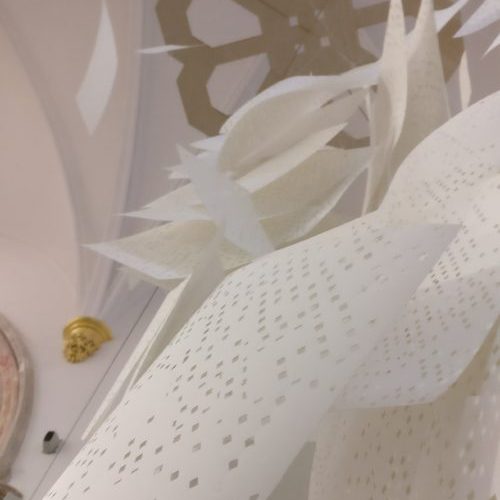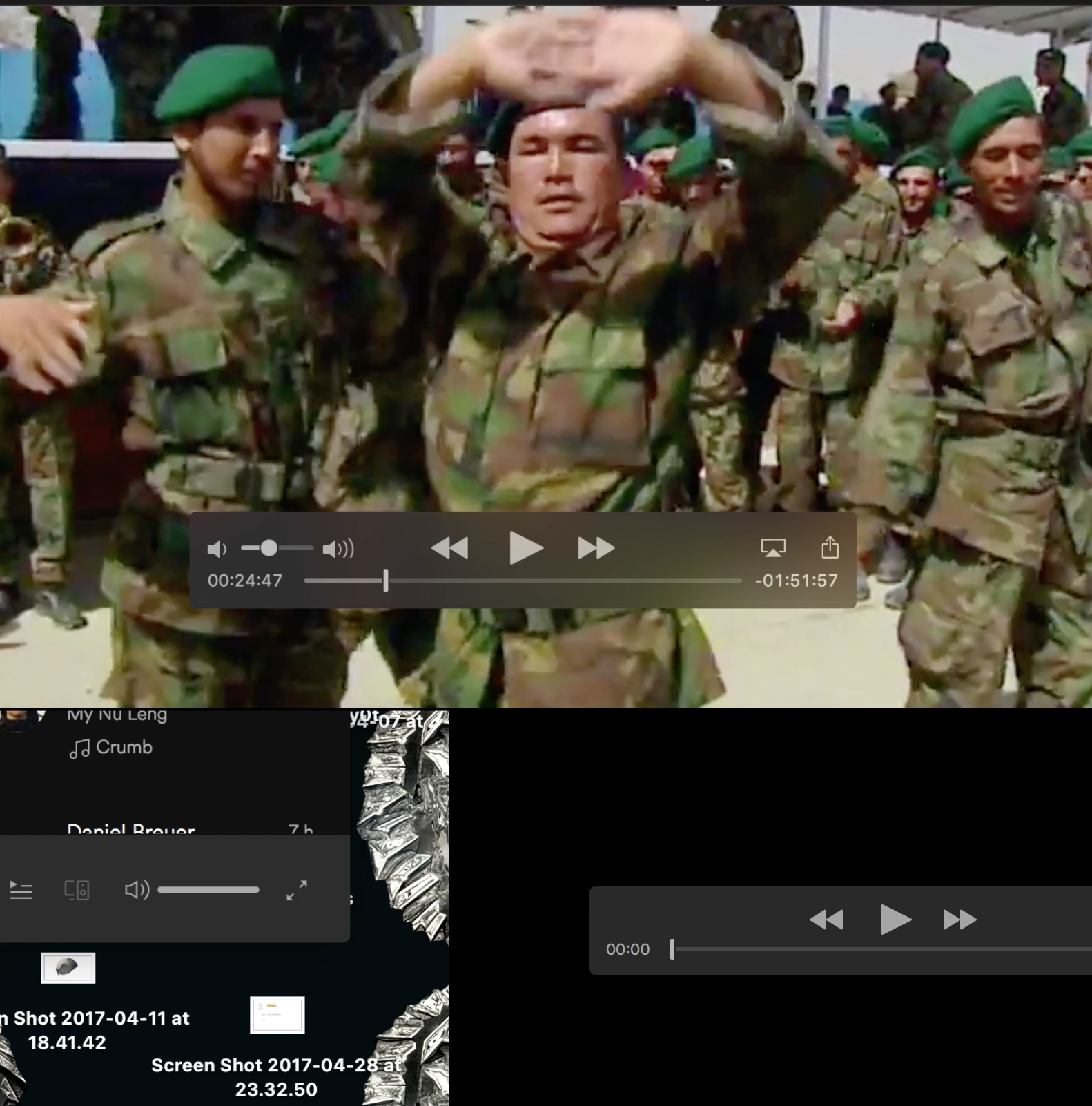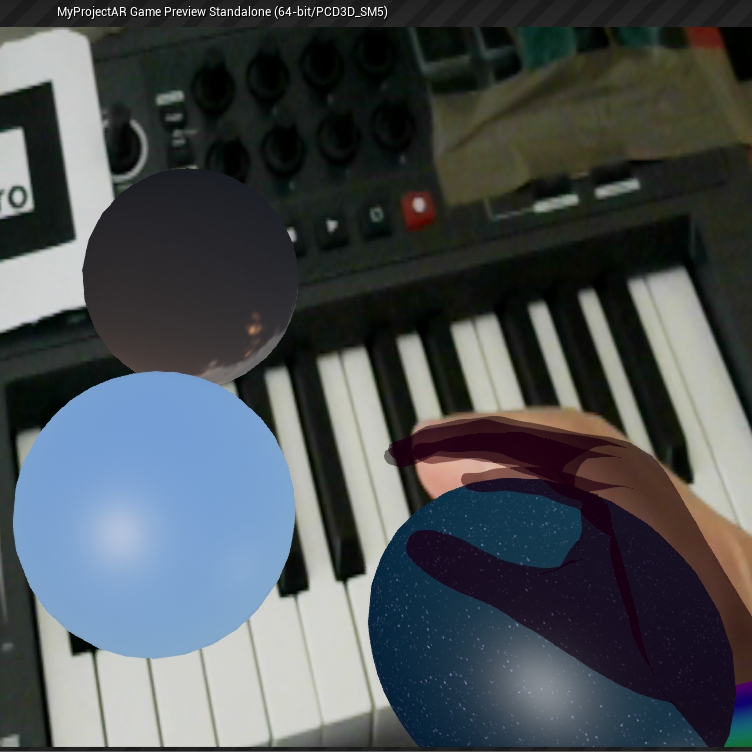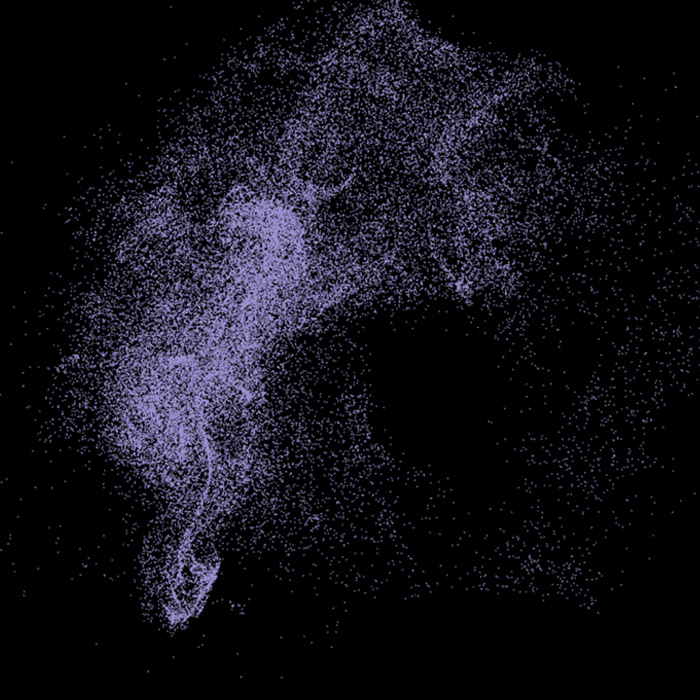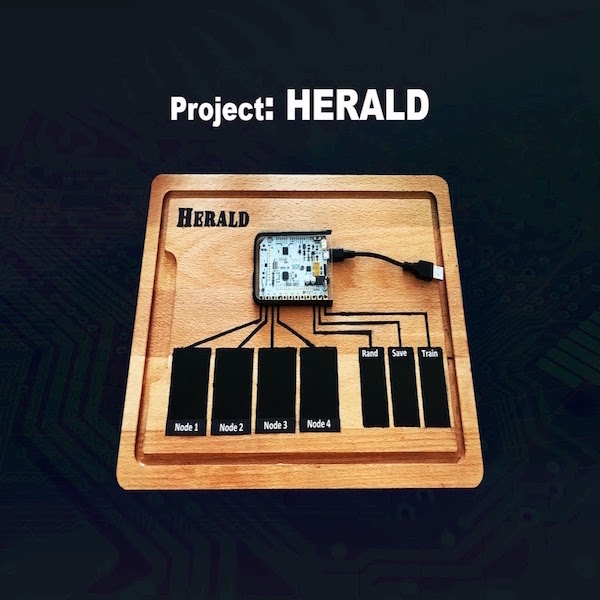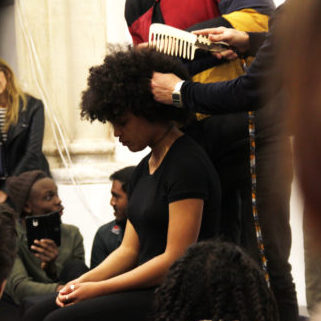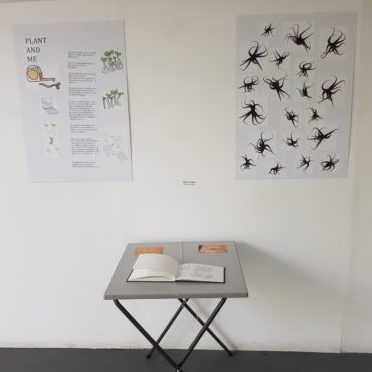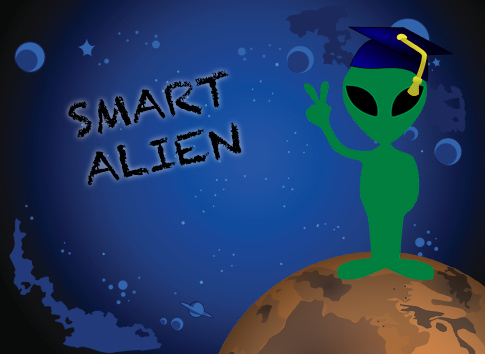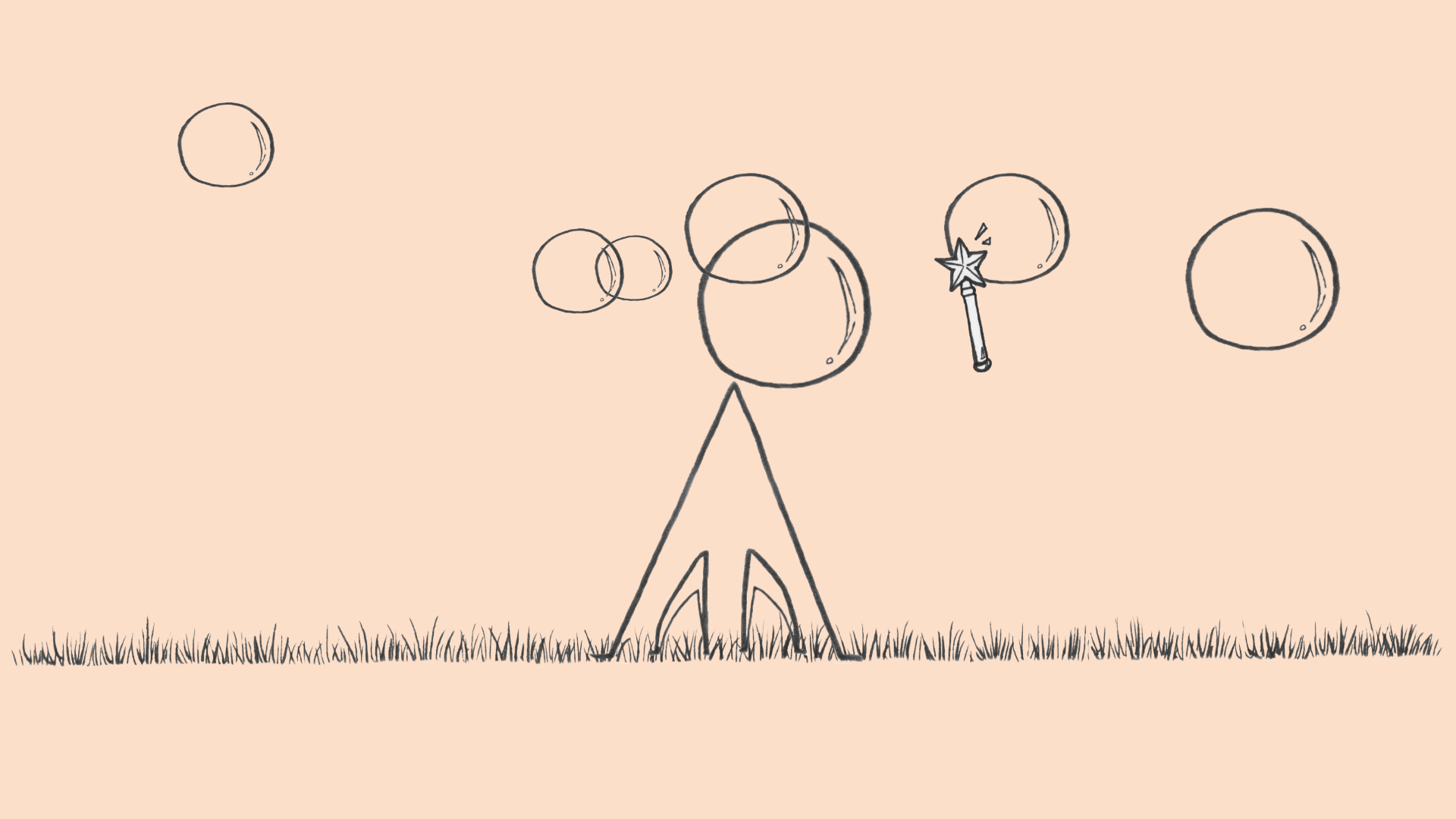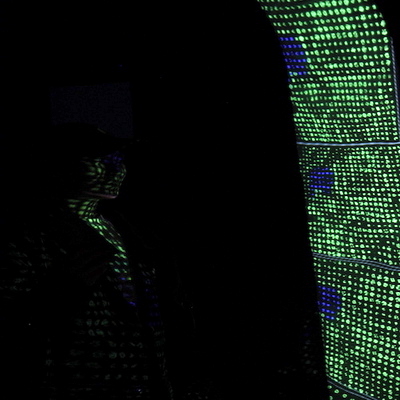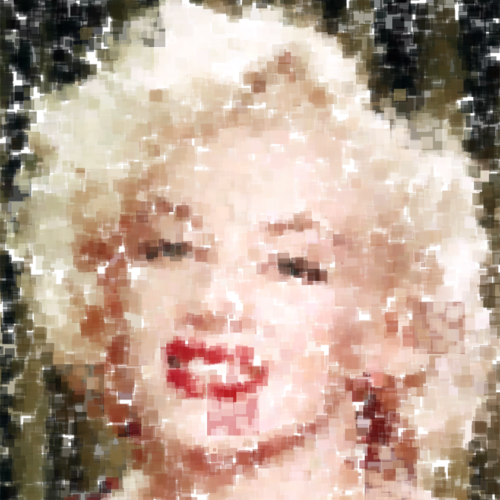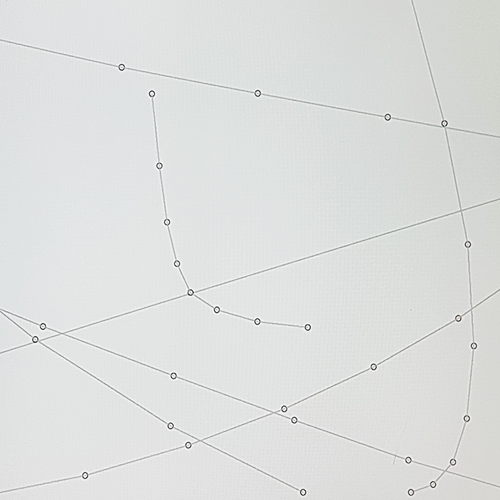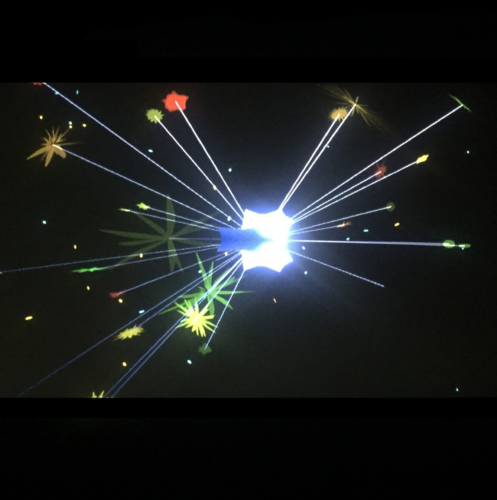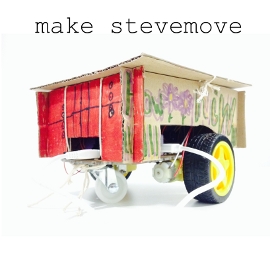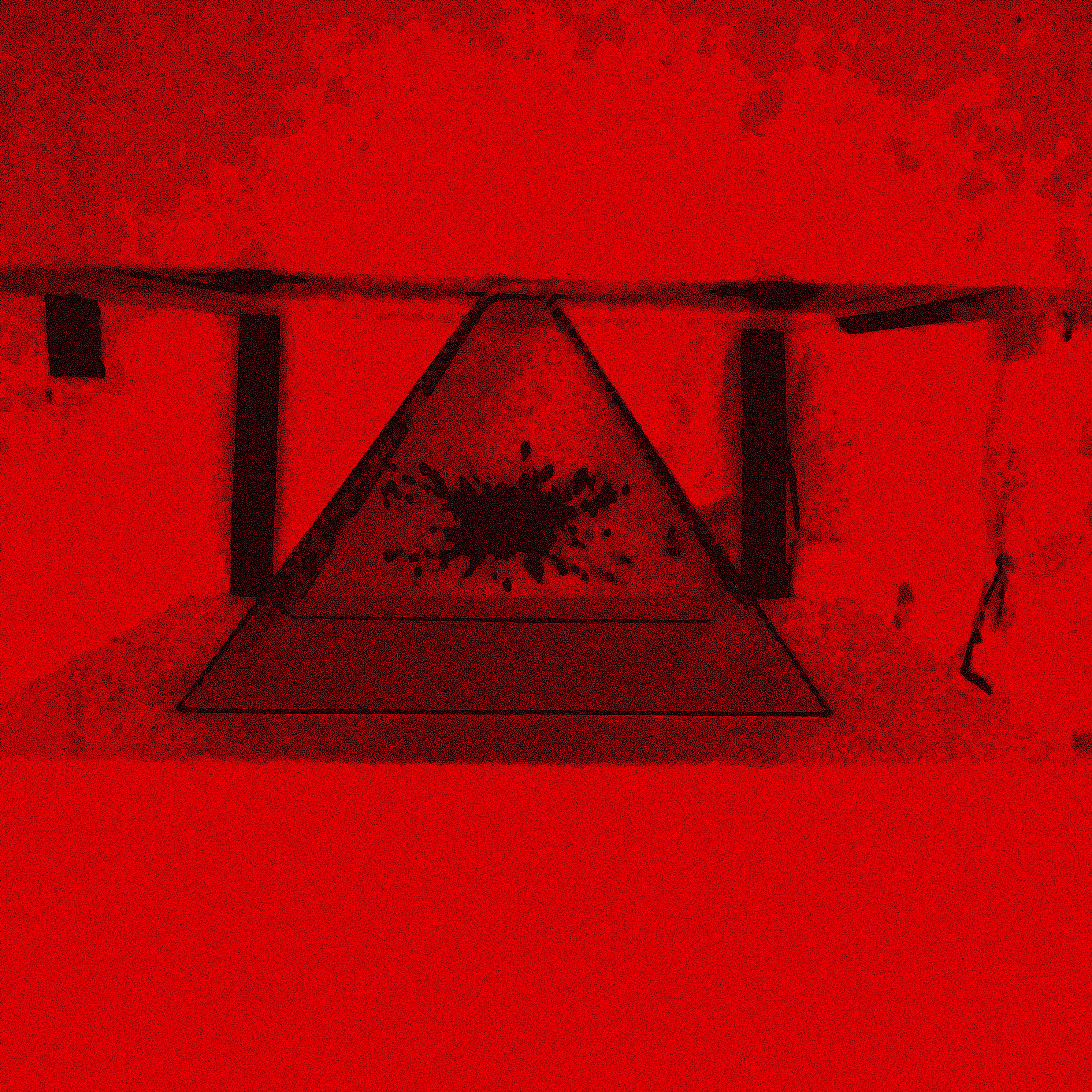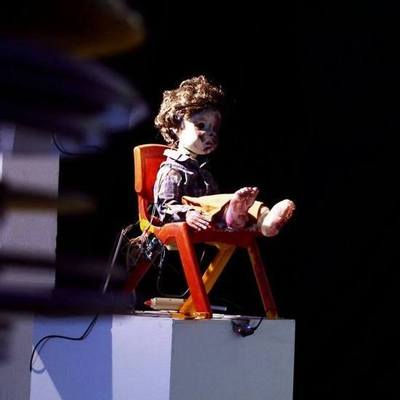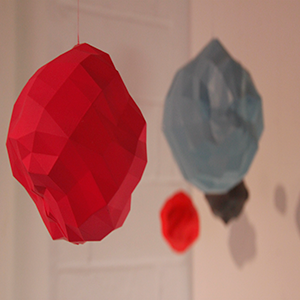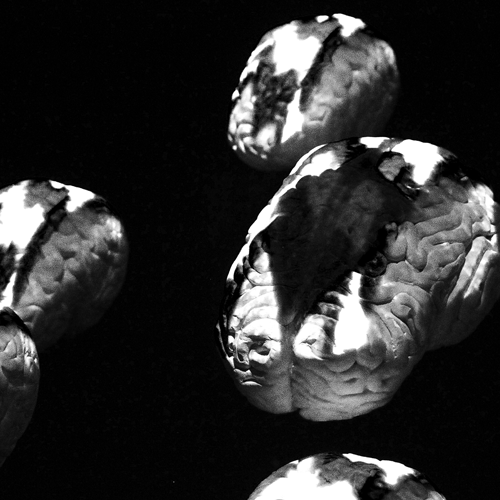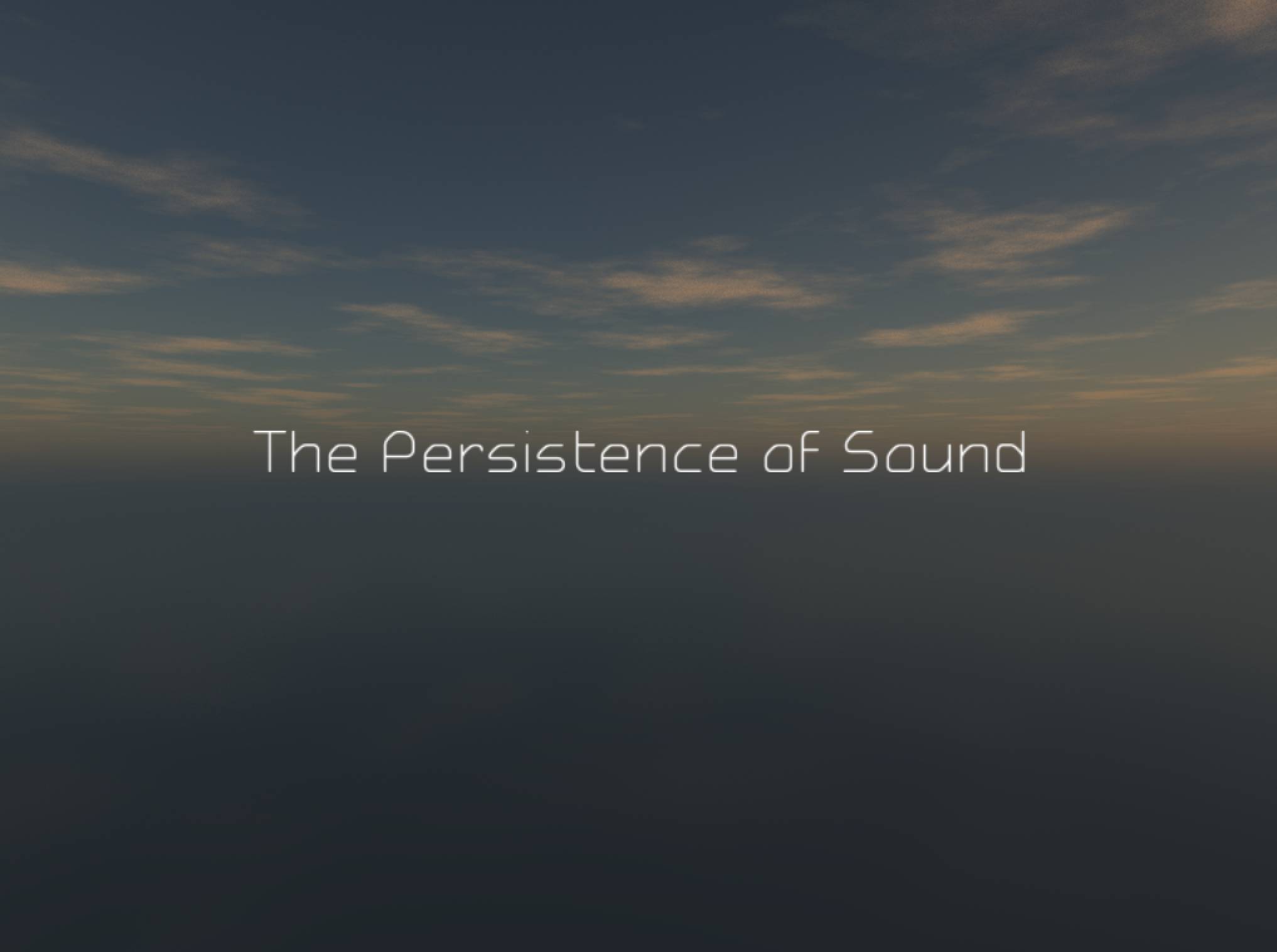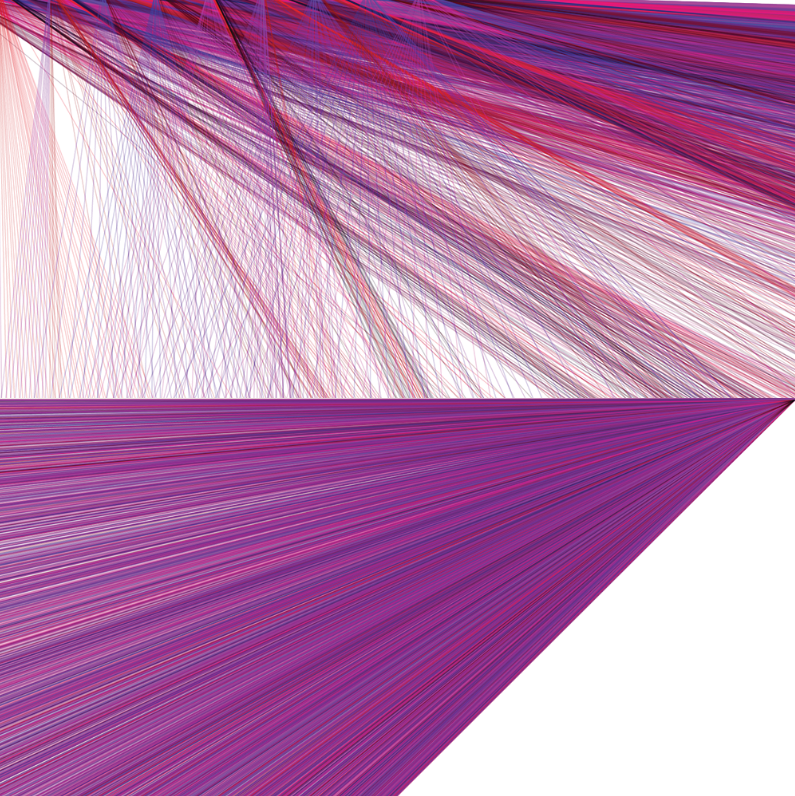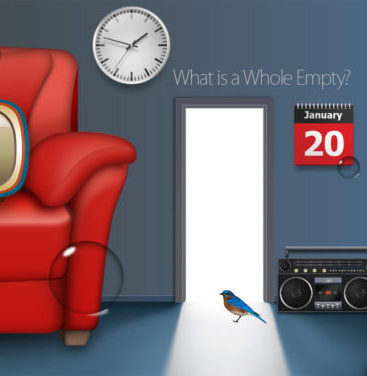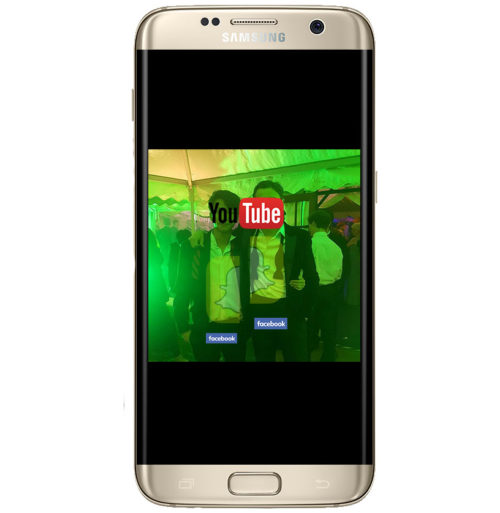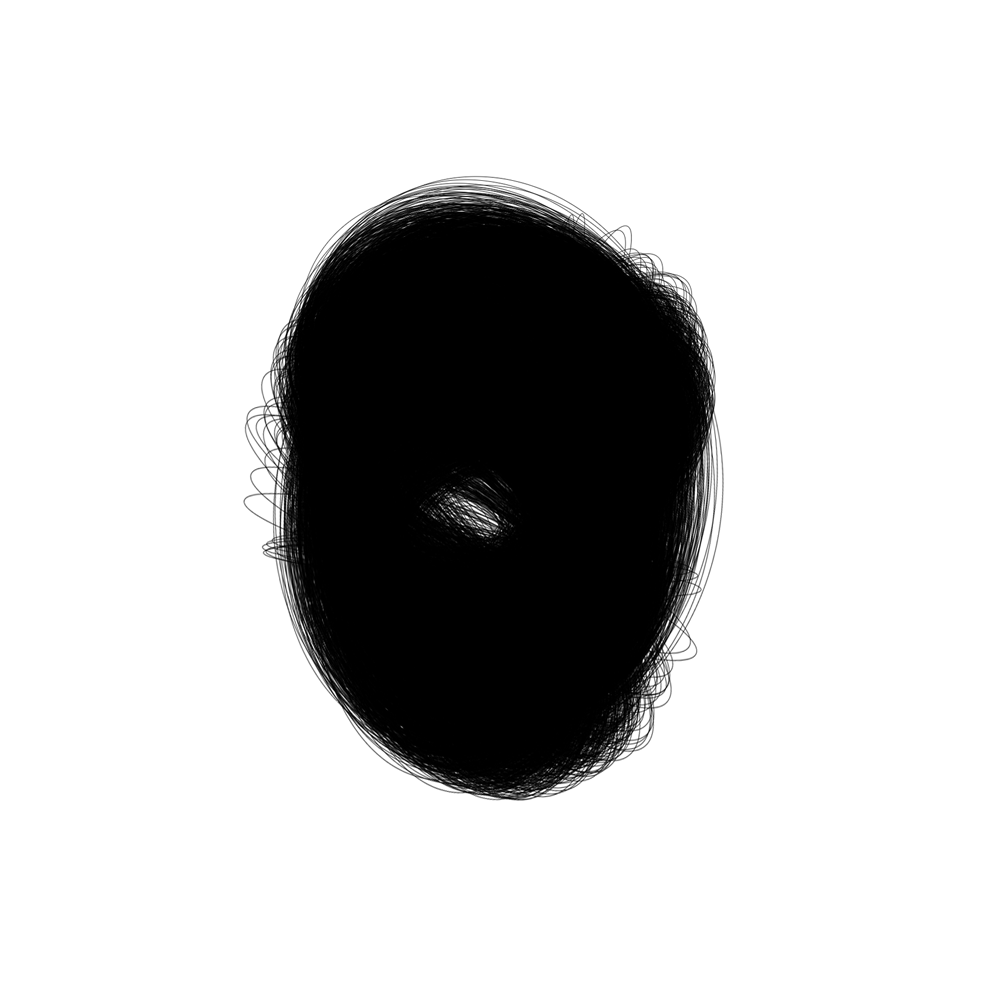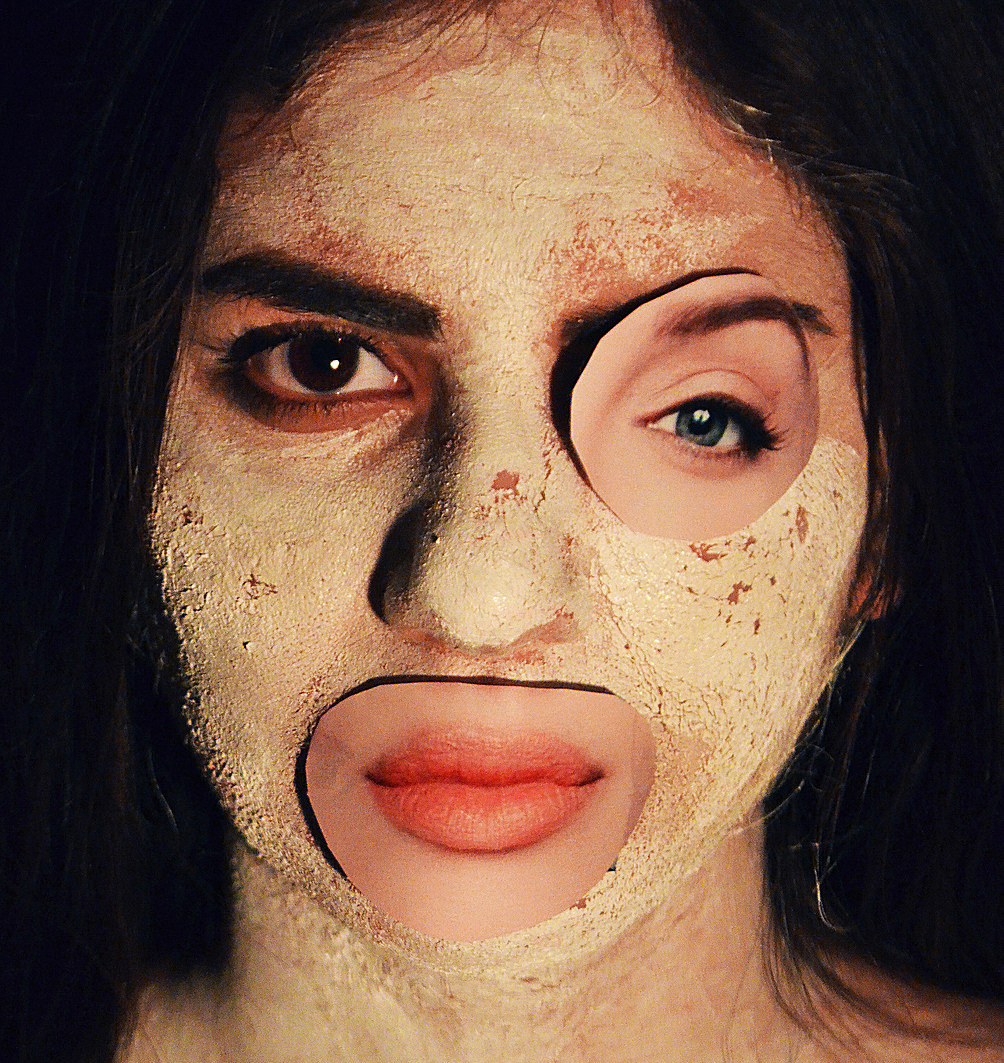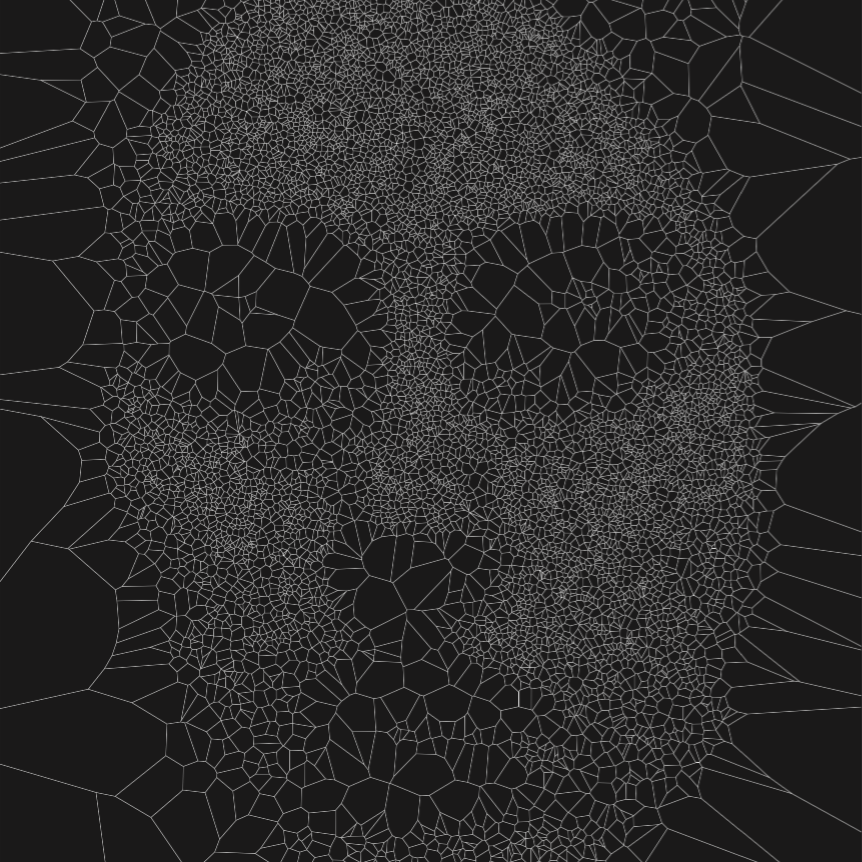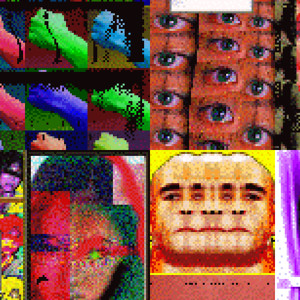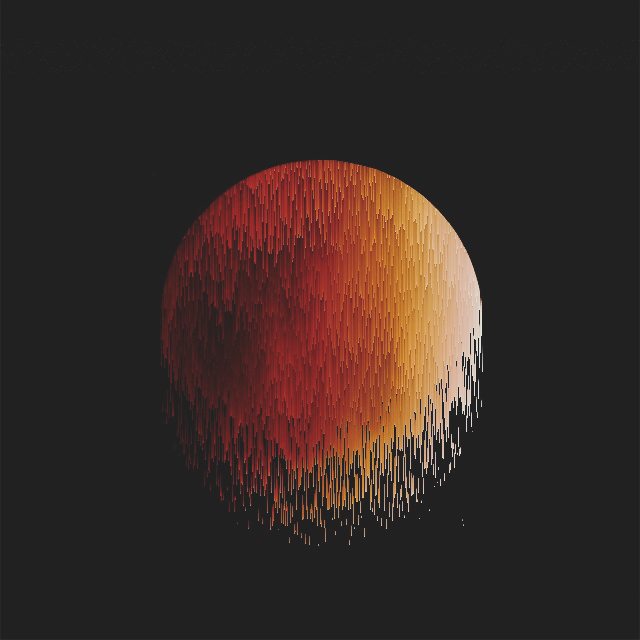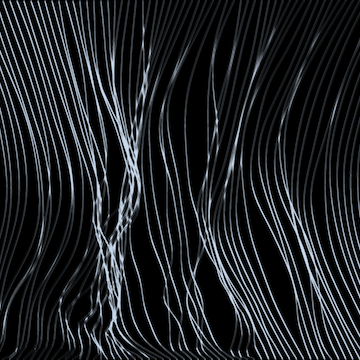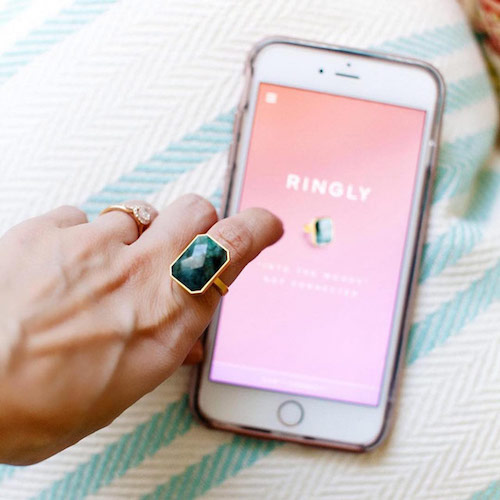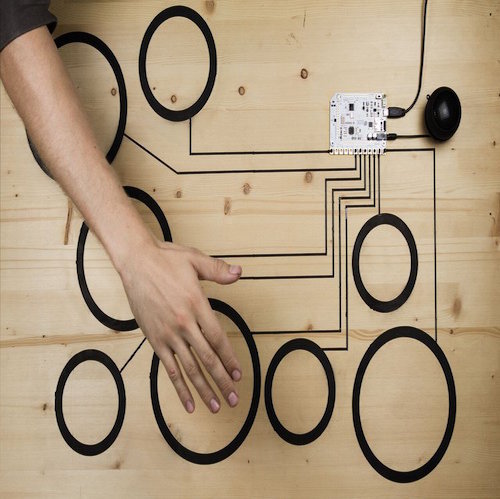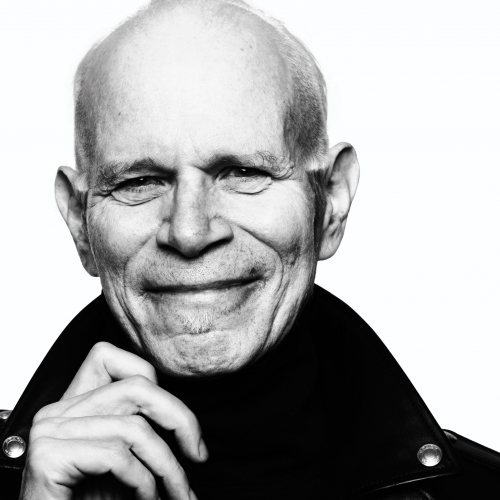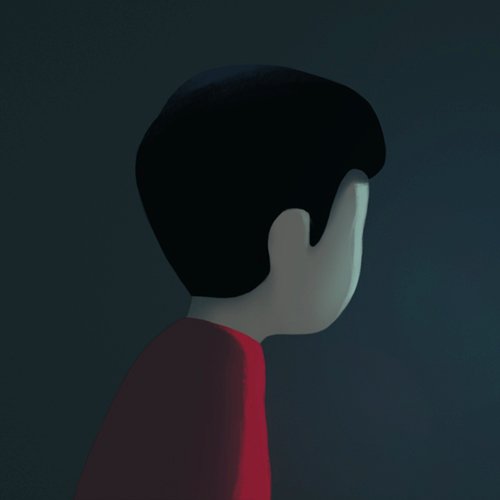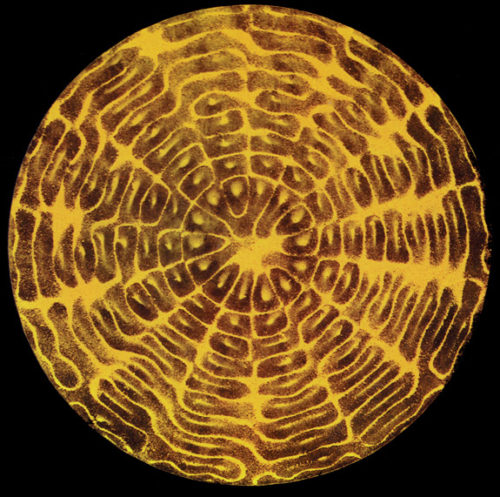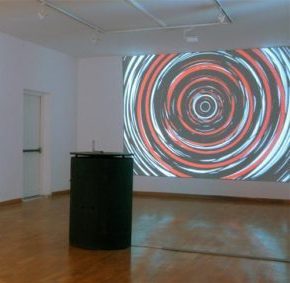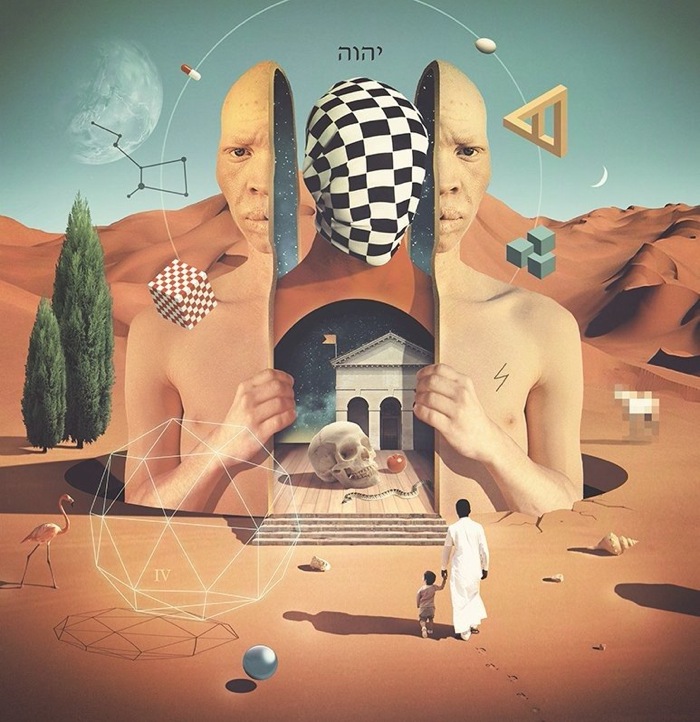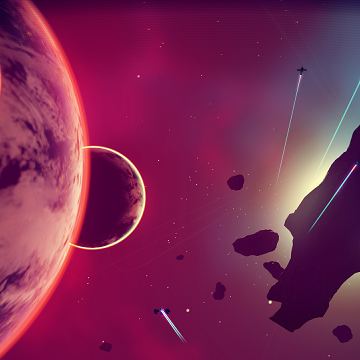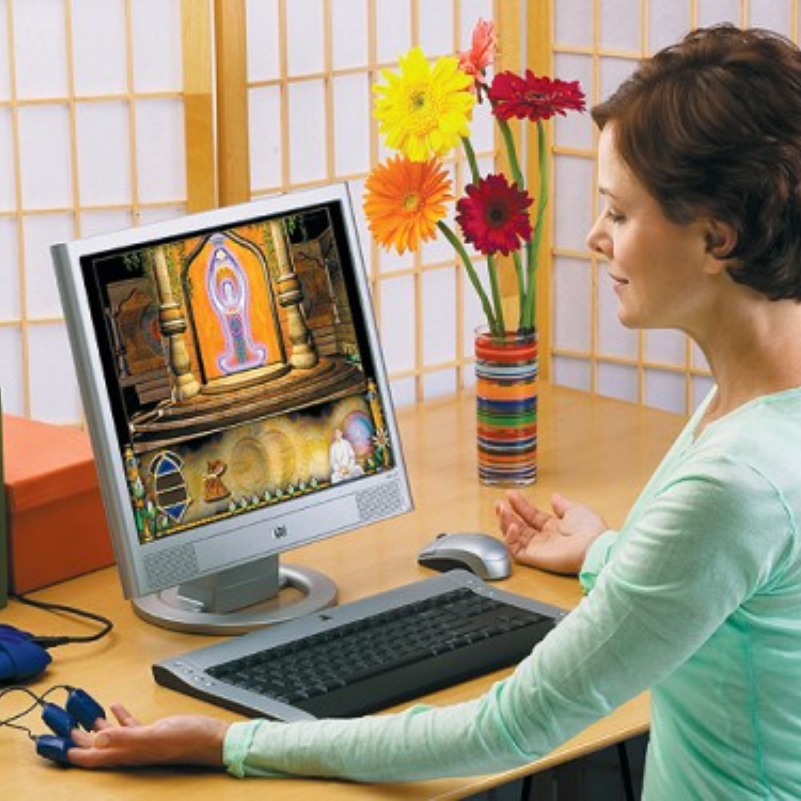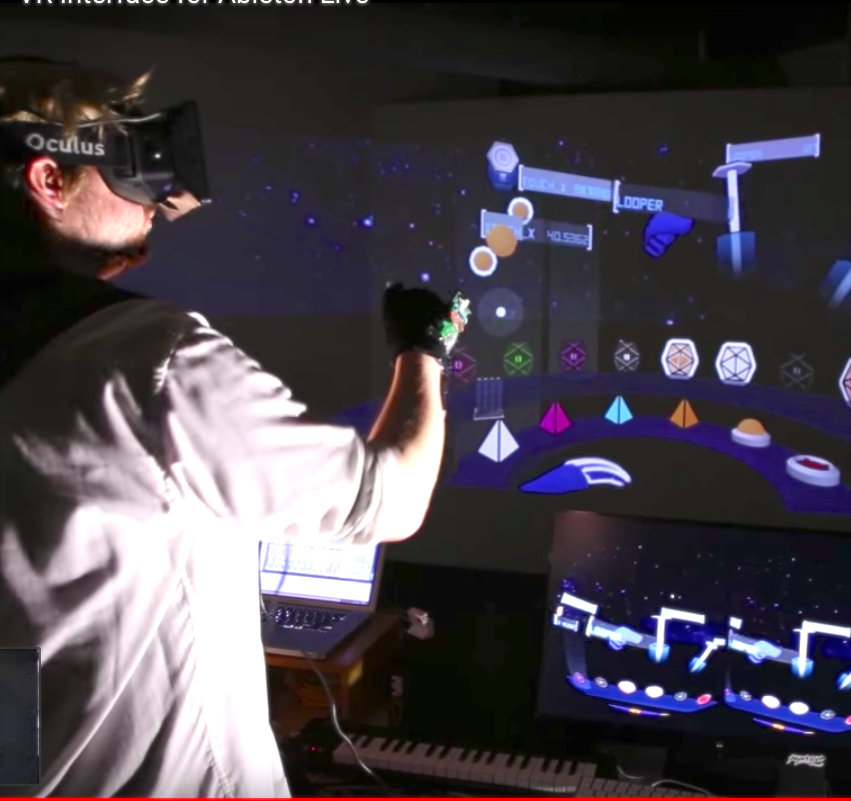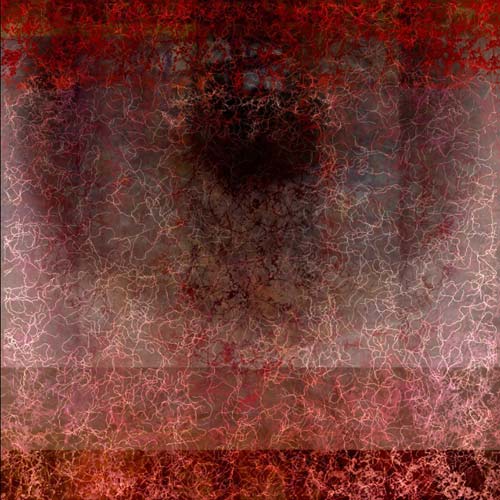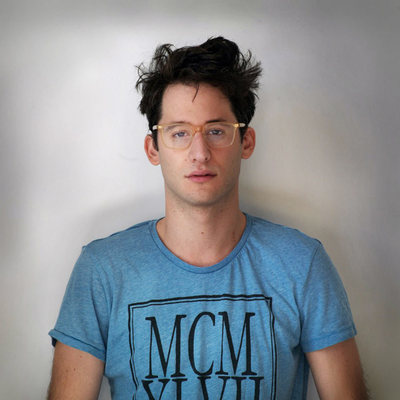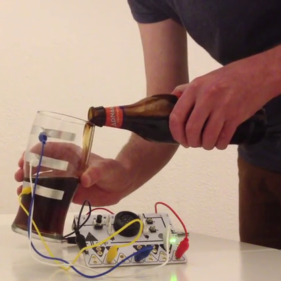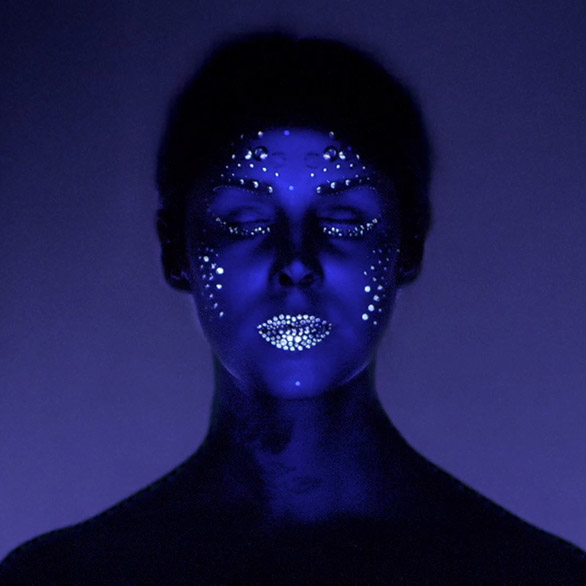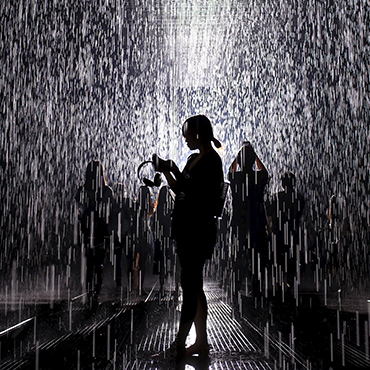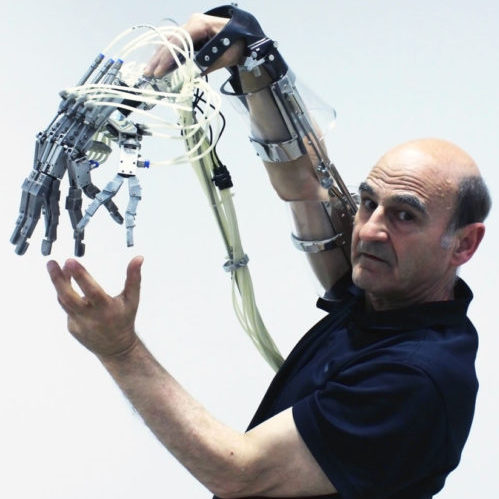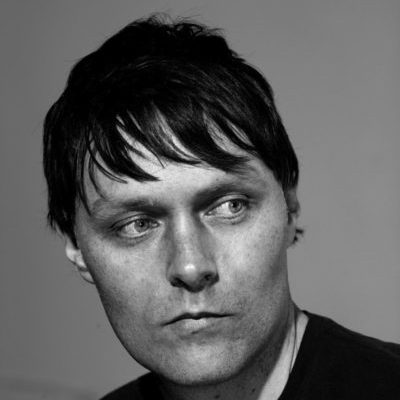Biofeedback and Procedural Generation in Popular Culture
by Daniel Sutton-Klein and Filip Slawinski
This blog post looks at our research on the themes of biofeedback and procedural generation in popular culture. In particular we want to discover how broad the creative use of this technology is and what limitations it carries. Firstly we will look at the key features of each theme.
Procedural generation is defined as a method of data creation using a random or pseudo-random process. It is intended to be efficient and have a degree of unpredictability, making it common in games (for maps, models and textures) but also in film and music. Biofeedback, traditionally, is defined as the monitoring of automatic bodily functions in order to train someone to gain control of those functions (in a medical setting). However our research looks at the use of biofeedback/body-monitoring in any setting, such as in performance art and installations.
We chose to look at these concepts as both of them introduce an element of depth in whatever form they take; the unpredictability is exciting. Similarly, we want our final project to be live and thought provoking with futuristic themes.
The human body functions through automatic processes - concious thoughts are constantly changing, rarely involving things like breathing and never involving things like the heart beating. Both breathing and the beating of the heart are of course happening constantly in any living person though, and they both respond to stimuli just like our thoughts. For example, physiological processes effected by music (besides concious emotions) include heart rate, respiration, skin conductance, blood pressure, muscular tension and body temperature[1]. All creative biofeedback seems to monitor one or more of the processes above.
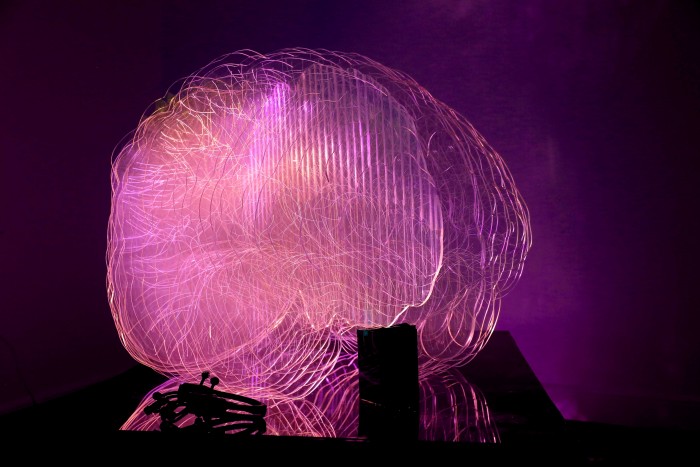

Brainlight (pictured above) is a collaboration between illumination designer Laura Jade, neuroscientist Peter Simpson-Young and programmer Sam Gentle. It is an interactive sculpture of a brain, where the interface is (indirectly) human brainwaves. It works using an electroencephalography (monitoring skin conductance on the head, abreviated to EEG) headset to change the lighting. The experience of watching a model brain respond to your own brain activity creates what Jade describes as a "constantly changing biofeedback loop that is evolving in union with your constantly changing perception of the artwork"[2][3]. The concept is quite surreal, looking at your own brain could potentially be anything from unnerving, surprising, calming and no doubt captivating. Personally we would be interested in using the Brainlight while doing activities like meditation, yoga or even just listening to music to see if it can alter or enhance the experience.
One of the first uses of inner body functions for musical performance are noted in Alvin Lucier’s artistic work. “Music for Solo Performer” (1965) is a performance which uses human input in the form of alpha waves and the instrumental output such as drums and other percussion instruments[4]. In the performance EEG plates are placed on artists (performer) head which catch brain waves of type alpha - generated during reflective and calm state of mind. Those waves are afterwards amplified and appearing electrical signal is transformed into vibrations which then interact with various percussive instruments placed around the performance space. Lucier engaged to use alpha waves in musical performance started a new musical language with emerging aspects such as: non-intentionality, and sonic physicality.
Biofeedback can be also nowadays used as a tool for commercial marketing and advertising. Company I2mediaresearch started a project called “MINDScape”. It is based on the mixture of psychology and various sensors located around hypothetical commercial space, for example clothes store. I2mediaresearch calls their technology EIRE - Emotionally Intelligent Retail Environment. Such technology interacts with a customer’s personal profile (if one was created and personal data was shared with the system) combined with wireless sensors located around the store which capture many variables such as customer’s movement or time spent looking at particular types of products system tries to estimate customer’s interests and goals[5]. Afterwards “MINDscape” creates a personalised offers which are then sent to customer’s personal mobile device.
“Journey to the Wild Devine” its a computer game which uses a special biofeedback usb device to measure users inner body functions such as: skin temperature or heartbeat[6]. It’s a combination of a use of meditation techniques and self awareness around how to control personal body functions. Those are needed to complete game task and further progress. Program’s goal is to assists with learning self-control, meditation, breathing techniques and deep states of minds.
If we are talking about software made to create generative and procedural pieces of music KOAN made by SSEYO is the one worth mentioning. That piece of software was used and popularised of the godfather of generative and ambient music Brian Eno[7]. Eno on Koan:
“Koan Software is probably the best of generative music systems, allowing a composer to control not one but one hundred and fifty musical and sonic parameters within which the computer then improvises (as wind improvises the wind chimes). The works I have made with this system symbolize to me the beginning of a new era of music. I really think it is possible that our grandchildren will look at us in wonder and say, "You mean you used to listen to exactly the same thing over and over again?" Brian Eno considers generative music and works made by him using Koan system as futuristic and innovative.
Even from the sample of research looked at in this post, we can see that there are themes within biofeedback and generative art and media. For example, many creative biofeedback projects like the Brainlight are 'biofeedback loops', where the user responds to a representation of their response to the experience pertpetually. EEG, measuring the skin conductance on the head, was the most common of all the physiological processes in our research, due to the fact that it gives an idea of the brainwaves and literally a closer image of the brain state. This goes back to Alvin Lucier's musical performances from the mid-20th century. We also saw highly regarded musician Brian Eno adopting technology to procedurally generate music, which shows that experimentation in this area is already happening. In more research (lots lost by wordpress when clicking 'stay on page' after saving a draft and being prompted that leaving the page might cause data NOT to be saved...) there were artists mixing traditional mediums with biofeedback, using it less as a gimmick and more as an interface to allow a computer to create a series of images with an organic touch. In conclusion, many implementations of biofeedback and procedural generation have a lot of historical basis and demonstration continuing into contemporary art. Simply put, anything remotely obvious has already been done, and the only gaps we see are doing things in alternative ways such as combining the technological concepts with totally different processes or styles.
References
[1] Eduardo Reck Miranda - Guide to Brain-Computer Music Interfacing, 2014
[2] Laura Jade - Brainlight, 2015
[3] Beckett Mufson - Brainlight on The Creators Project, 2015
[4] Alvin Lucier - Music for Solo Performer, 1965 (video on YouTube)
[5] i2media - Mindscape, 2015
[6] Wild Divine Project - Journey to Wild Divine (2003) Review
[7] Brian Eno - A Year With Swollen Appendices, 1995


